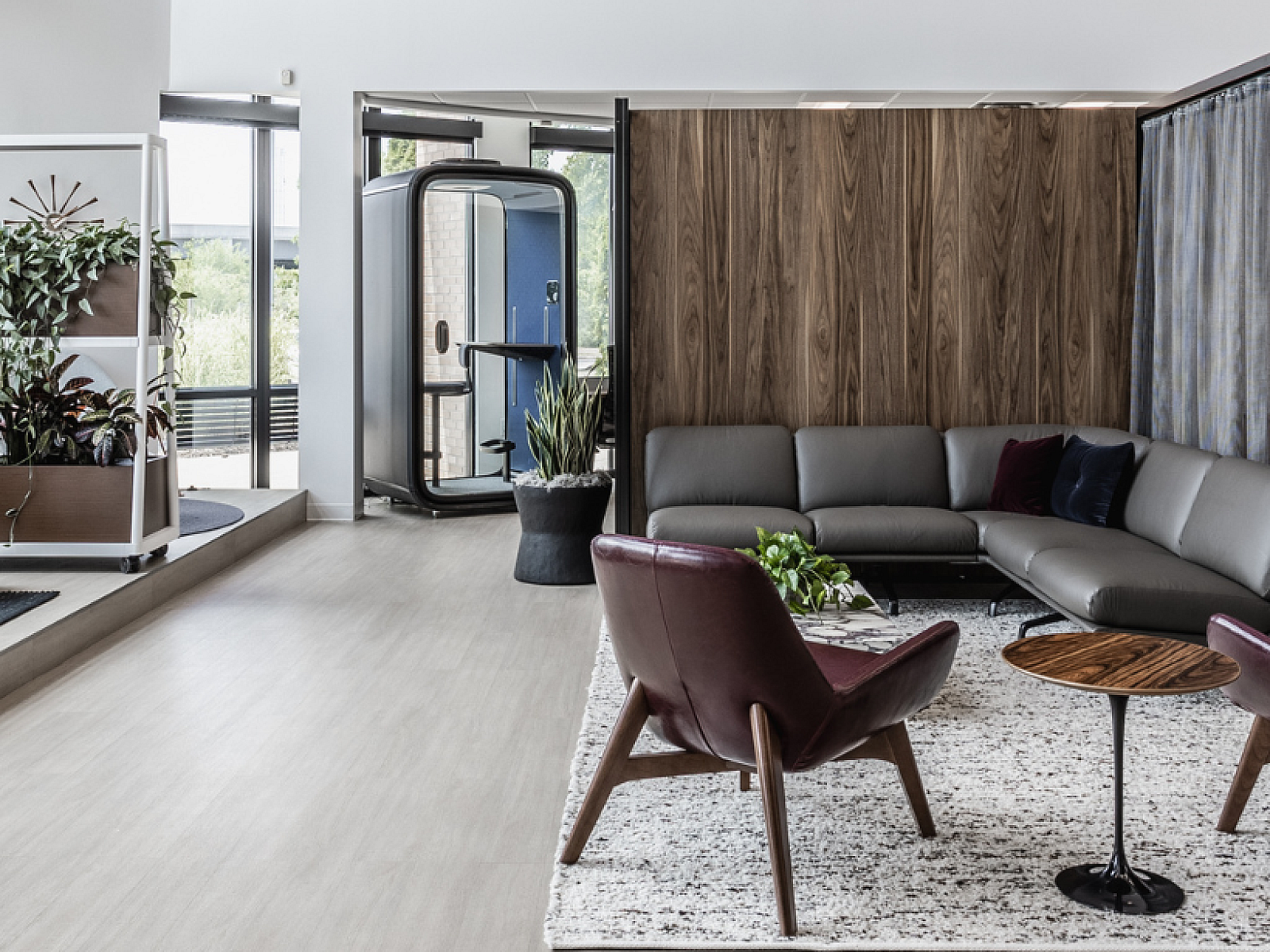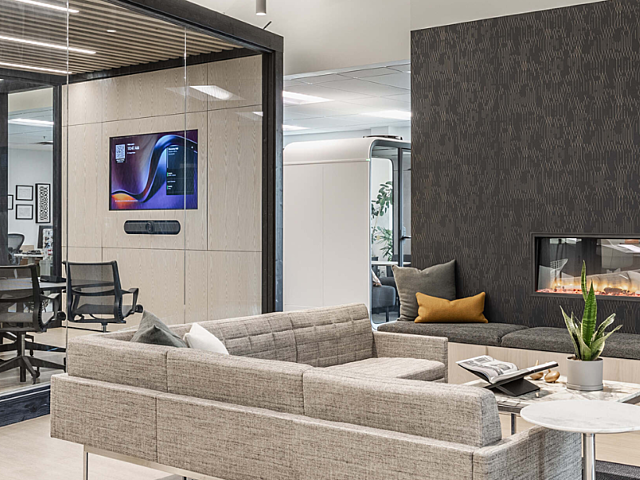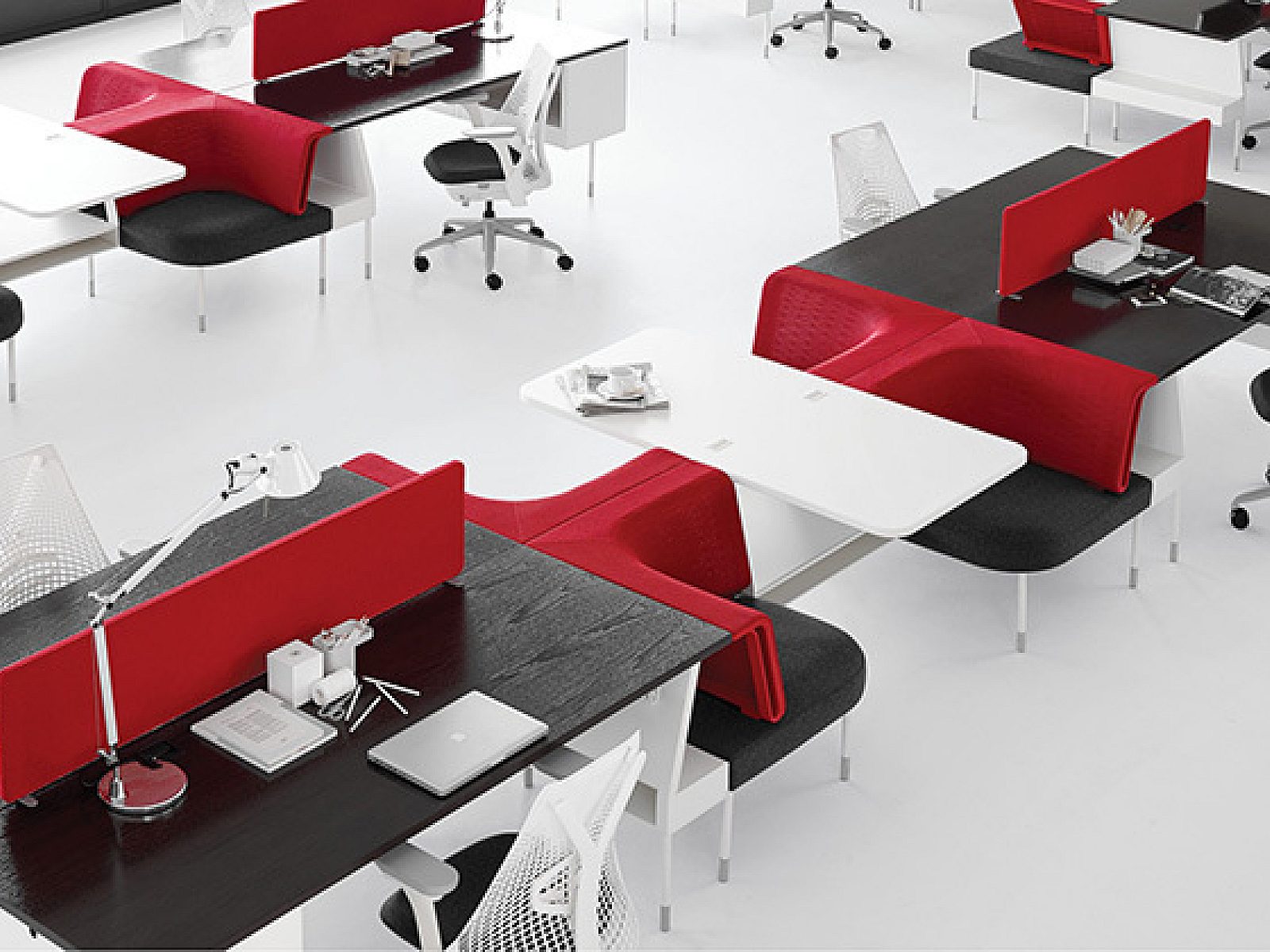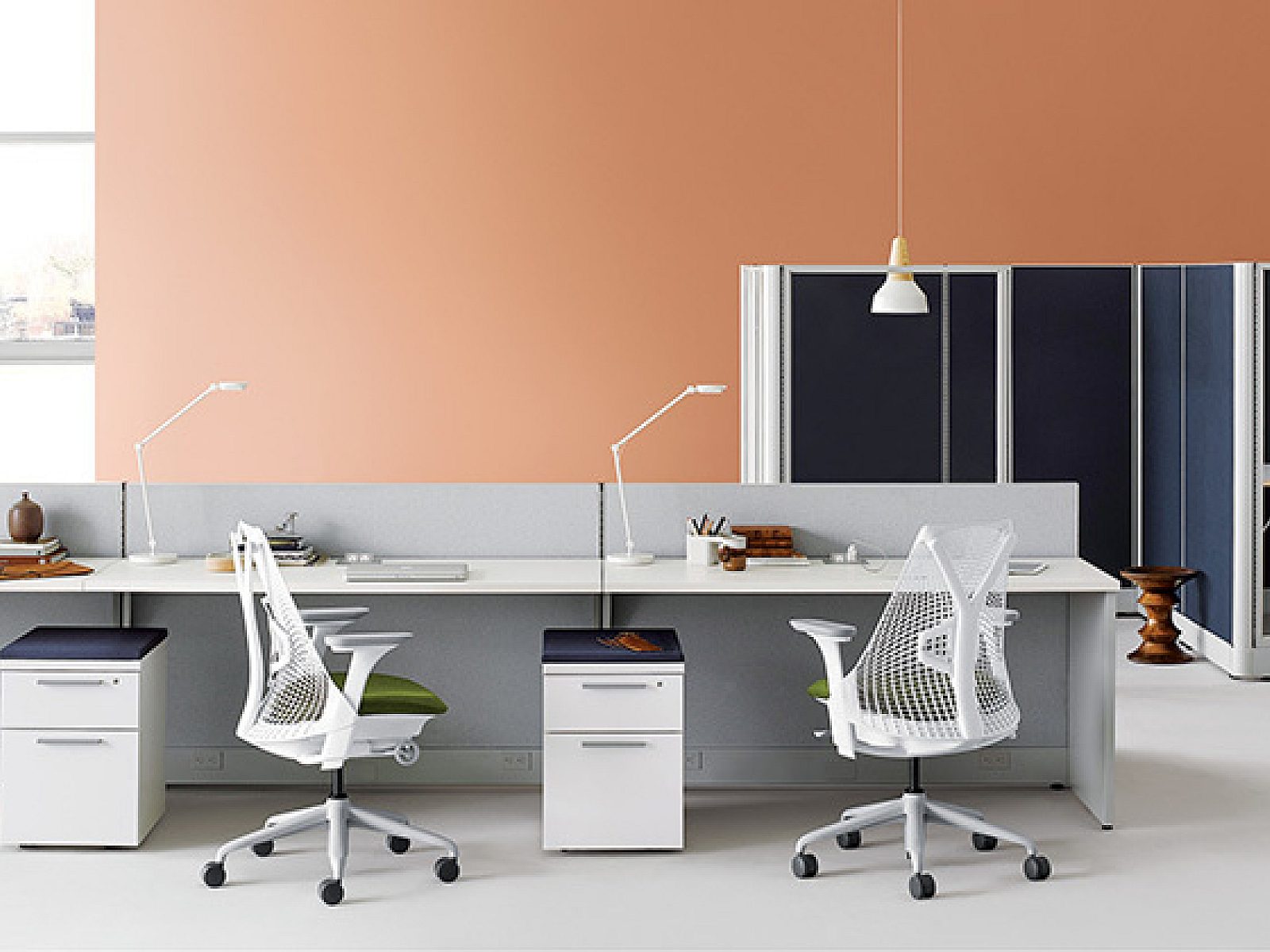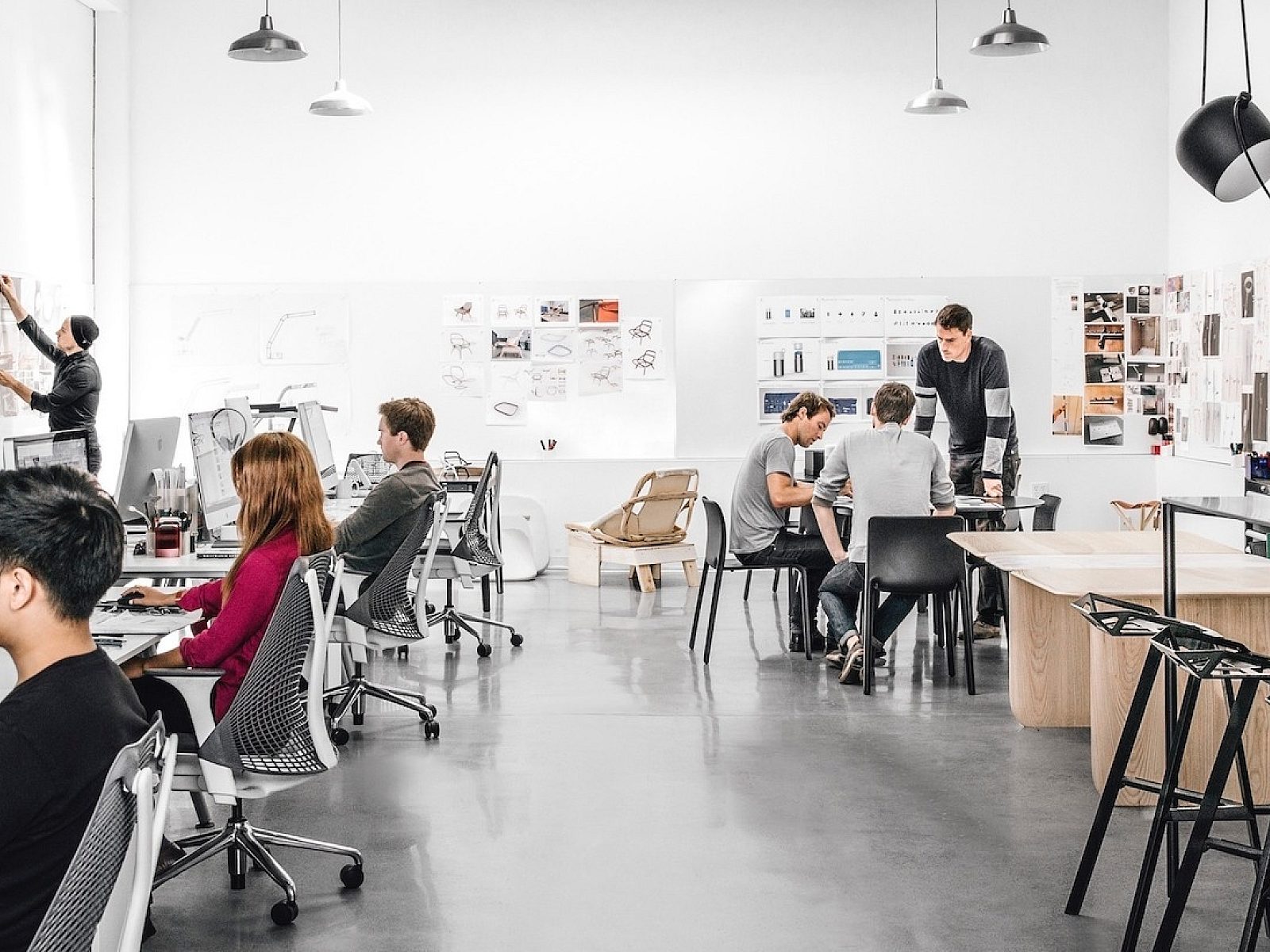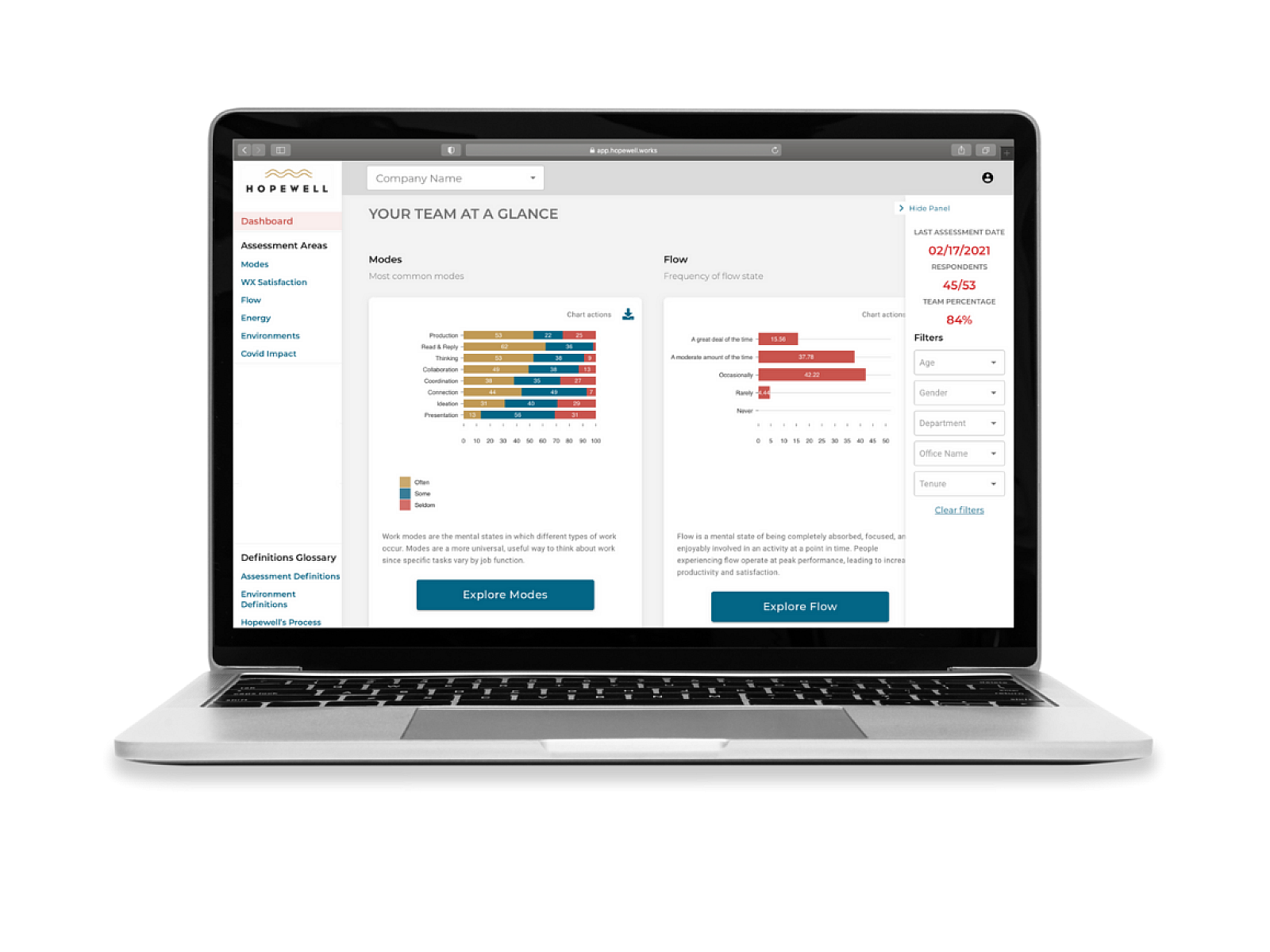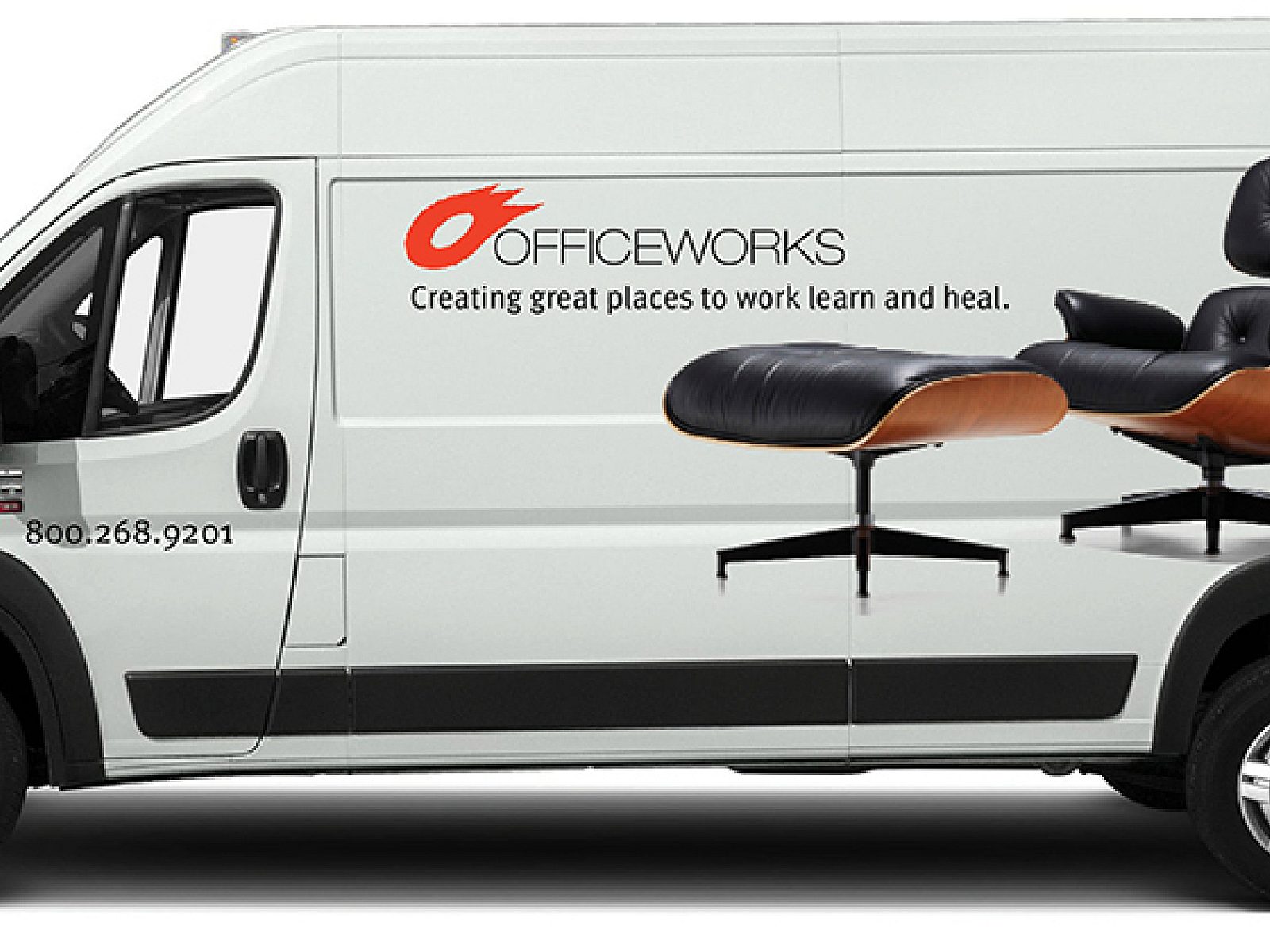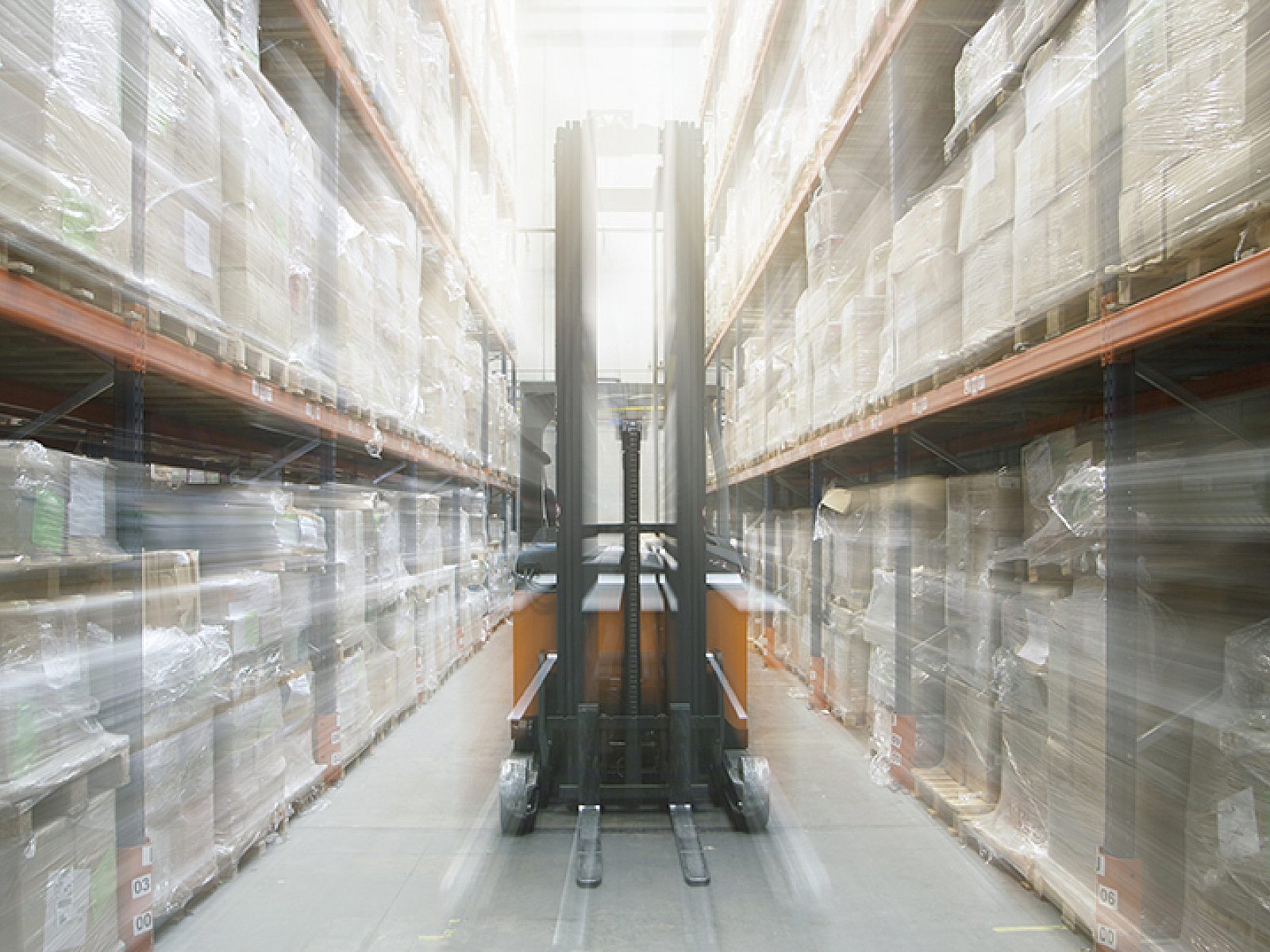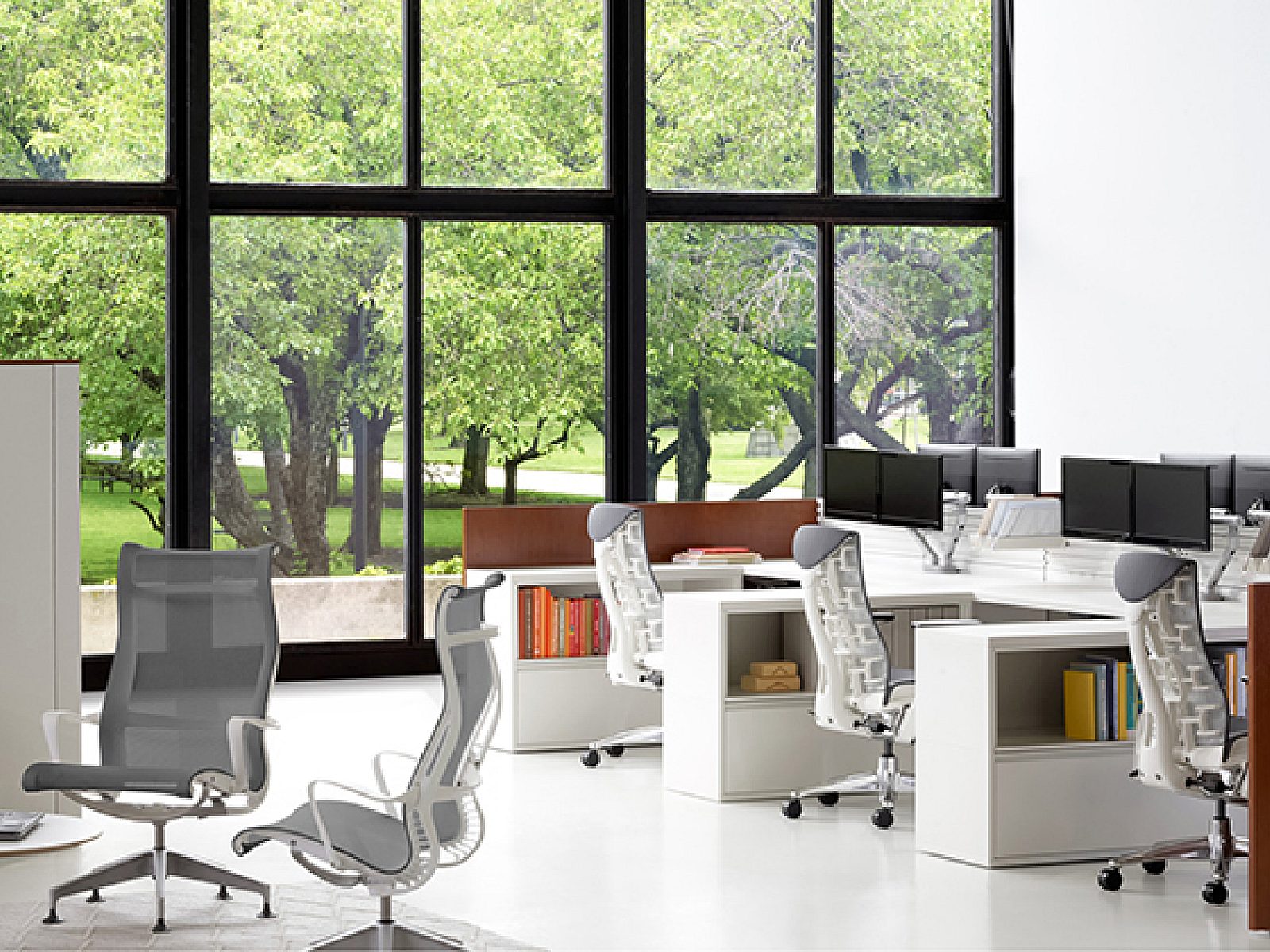Six Feet of Separation: Preparing our Safe Office
With the continuously evolving COVID-19 outbreak, the practice of social distancing isn’t going away any time soon. At OfficeWorks, we formed a Safe Office Team to lead our office reconfiguration efforts using the principles of design.

10 Tips for Preparing to Return to Your Workplace
With the continuously evolving COVID-19 outbreak, the practice of social distancing isn’t going away any time soon. As a result, many organizations are evaluating what their environments should look like when employees return. At OfficeWorks, we formed a Safe Office Team to lead our office reconfiguration efforts using the principles of design. While your organization’s approach should follow guidance from your local authorities and be based on your operations, the following are some tips to consider based on our experience.



1. If you haven’t already, start planning.
Even if you’re not going to return to the workplace for a while, it’s never too early to plan. “Our solutions came out of studying a lot of data and asking a lot of questions during our daily online meetings,” said Jackie Wilson, architecture and design representative, OfficeWorks. “The process was like peeling back the layers of an onion—one answer would create another question to resolve.”

2. Keep your people and culture top of mind.
“Our motto is ‘Creating great places to work, learn and heal,’ so we started by asking ourselves how we could continue providing a great place to work—one that reinforces our culture of having fun and doing things together—while helping our people feel safe,” Jackie said. “With our clients, we begin with the discovery process, which involves considering how people work and how to support them. We took the same approach internally.”
3. Embrace information.
The Safe Office Team soaked up news and content from multiple sources, staying up to date on data from the Centers for Disease Control and Prevention and other health resources, consulting with experts at MillerKnoll, and researching information from national design and real estate leaders.
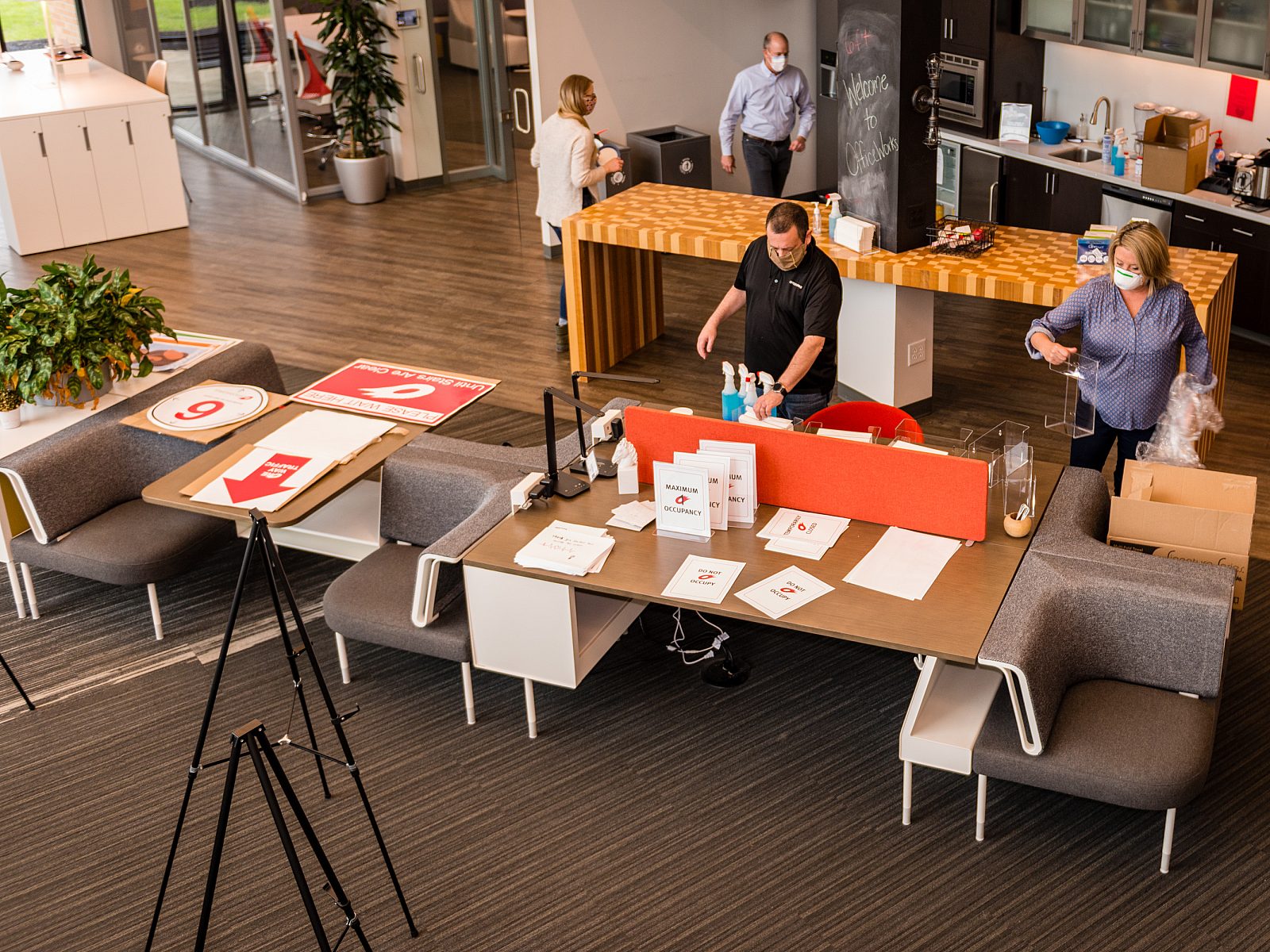
4. Engage with team members from each department.
Representatives from leadership, information technology, design, and human resources made up OfficeWorks’ Safe Office Team. In addition, by engaging with each department, the team gained a clear understanding about how each work group functioned. “Our managers know best how their team members work and provided helpful insight for customizing our approach,” said Ashlee Adams, NCIDQ, RID, senior designer, OfficeWorks.

5. Analyze current workspace and traffic flows.
The team measured the space around furnishings and equipment while considering how people typically interact and function, including office personnel, installers who move in and out of the warehouse, and clients and visitors. “Determining routes for one-way, counter-clockwise movement was probably the most challenging consideration of the design,” Ashlee said. “We not only had to think about how people get to their destinations but also consider departments like HR and accounting that have sensitive information on their screens.”

6. Consider connectivity.
OfficeWorks’ space was designed to include multiple communal work areas in addition to assigned workstations. This allowed the team to achieve physical distancing by transforming the shared areas into assigned workspaces. Given the changes, maintaining connectivity was a key concern—both between coworkers and with technology. “For the individuals being relocated, we wanted to make sure they were in the general vicinity of their teams to maintain that sense of connection,” said Dan Morris, executive vice president, OfficeWorks. “It was also important that the new workspaces had access to power so we could avoid excessive use of cables and cords.”

7. Anticipate challenges of ordering and maintaining supplies.
It’s no surprise that it’s challenging to get disinfectants right now. Place orders early, be resourceful, and be willing to look at a combination of local, national and ecommerce suppliers. Measure inventory frequently so you don’t run out.
8. Be flexible.
The COVID-19 pandemic is an ever-changing situation, so it’s key to be flexible with your plans and how you address your team members’ unique needs.

9. Be transparent and communicate often.
The more you communicate, the better your outcome is going to be. “We’re asking people to change engrained behaviors, so it’s important to make them constantly aware and in a friendly way, from signage and welcome back kits to training sessions that explain the protocols,” Dan said.
10. Understand that there’s no one-size-fits-all solution.
“When thinking about workplace design in general, just because something works for one company doesn’t mean it will work for your company,” Ashlee said. “That same principle applies to how organizations respond to COVID-19.”

Our Safe Office
With the OfficeWorks Safe Office components now in place, the team is looking forward to experiencing the benefits that come from returning to the work environment.
“Preparing our workplace for a safe return wasn’t easy, but it was one of the most fulfilling experiences I’ve had at OfficeWorks,” Jackie said. “The workplace is like a second home where you’re surrounded by people who are united around a common goal. Everyone on the Safe Office Team took our calling to heart and did our best to bring our people back as safely as possible.”
Does your organization need help developing a plan for achieving physical distancing in your space? Contact us to start the conversation.

